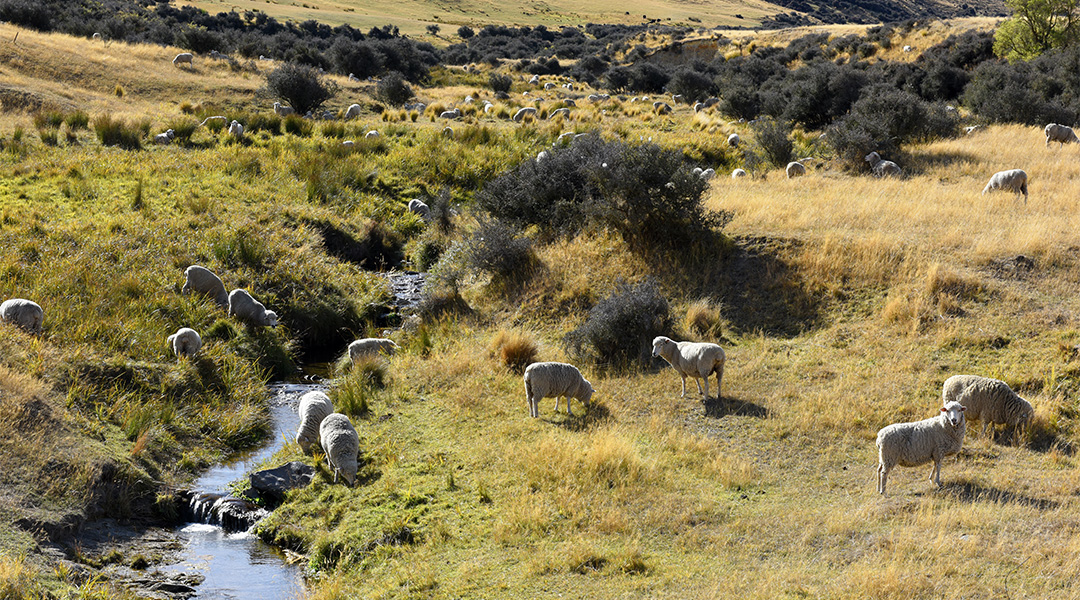
Bionic Plus CRCs are back after being unavailable for the last couple of lambings. For some sheep farmers, this absence removed an important tool from the toolbox for managing the effects of parasitism.
Many of these farmers filled the void with persistent anthelmintic injections, e.g. Exodus LA, but a productive and sustainable sheep-breeding and lamb-growing farming system cannot rely solely on killing worms with chemicals.
Having said that, there is plenty of evidence that Bionic Plus CRCs and long-acting injections can be very beneficial in thin ewes with low body condition score (BCS < 3), especially when compounded by tight feeding levels and carrying or rearing multiple lambs.
The benefit comes mainly from removing the energy drain of dealing with incoming ingested infective worm larvae, but also (ideally) from removing any adult worm burden. Some of the benefit of the Bionic Plus CRC will be from the supplementation of selenium and cobalt to ewes with suboptimal levels of these trace elements.
Parasite management of ewes requires consideration of the immune suppression that can occur over lambing, manifesting itself as the increase in faecal egg output known as the ‘periparturient rise’ (around lambing).
Removing the periparturient rise limits the number of infective larvae on the pasture, and this has obvious benefits as lambs begin grazing increasing amounts of pasture.
Features of Bionic CRCs:
Features of Exodus LA injection:
Ideally, all ewes and hoggets would be in ‘good’ body condition score (BCS) at lambing, i.e. mob average BCS 3.5 (BCS 3 being moderate and BCS 4 being fat). They would be offered quality pastures of covers that are maintained at 1400kgDM/ha (4-5cm) throughout lambing and lactation. This also requires adequate feeding in the last month of pregnancy to maintain BCS (and growth in the case of hoggets and, to a degree, in two-tooths) and to meet the increasing energy requirements of the growing foetus or foetuses.
In this situation there will almost certainly be no benefit from persistent parasite control products.
However, achieving the ideal situation is often easier said than done. Seasonal challenges, such as autumn droughts, can conspire against farmers, but even in the best of circumstances there can be mobs or groups within mobs (e.g. hoggets and light BCS, multiple-bearing ewes) where persistent parasite products would be beneficial. There is no doubt that persistent products create selection pressure for drench resistance by exposing incoming larvae to prolonged levels of anthelmintic. Whole-flock treatment with these products amplifies this selection pressure, by removing refugia or the population of worms NOT exposed to anthelmintics. ‘Tails’ of sub-lethal chemical will exacerbate selection pressure for drench resistance.
Managing the effects of parasites in sheep requires a whole system approach to body condition and feeding levels. Drench resistance is, and has, altered approaches to farming sheep, and knowing the efficacy of the different anthelmintics on your farm is an important part of this. Whole flock treatments to manage parasites are not sustainable, but there can be a place for targeted treatments (for which your veterinarian’s input can play a vital part).
Bionic Plus ACVM No. A011825; Exodus LAI ACVM no. A010399.